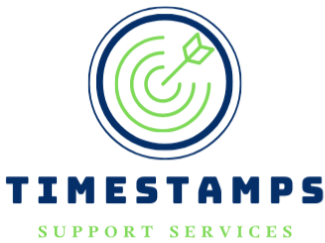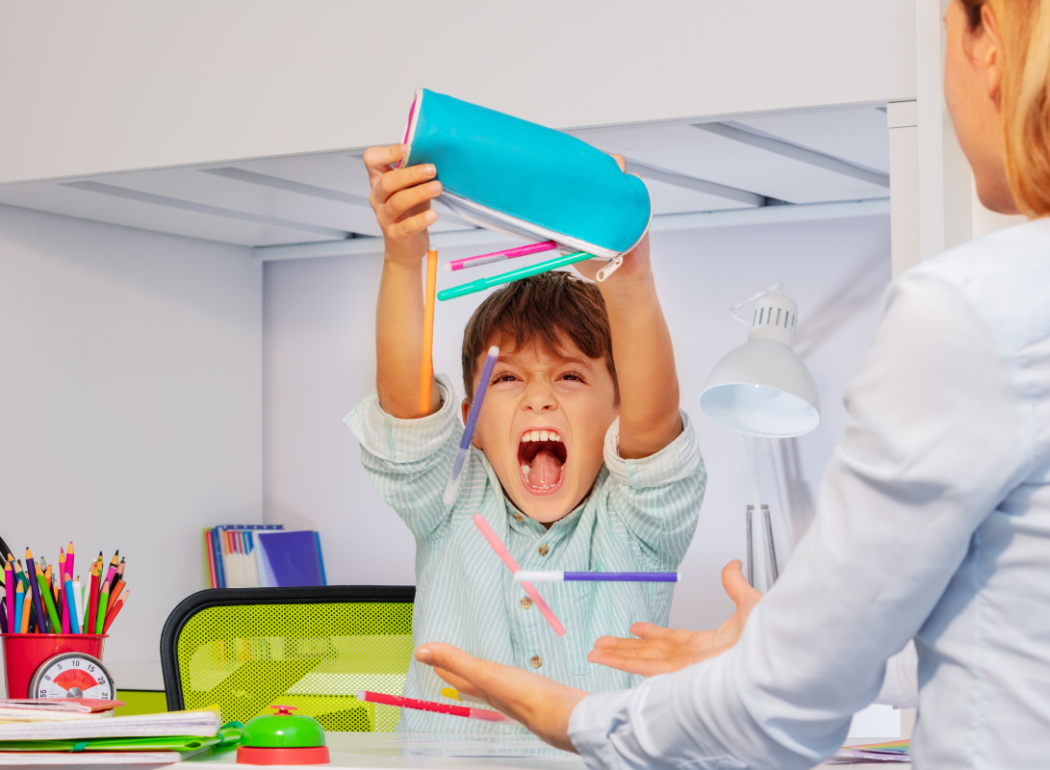Managing problem behavior at home can be tough, especially when it happens often or catches you off guard. Many parents feel unsure about how to respond in ways that help their child grow. ABA therapy in St. Augustine, FL, gives you clear, tested strategies to make these moments easier to handle.
These tools are designed to fit into daily routines and give your child better communication and coping skills. You don’t need to be perfect; you must be consistent and willing to try something new.
Keep reading for practical ABA-based tips you can start using at home today.
Identify the Function of the Behavior at Home
Figuring out why a behavior is happening can make it easier to manage. Most behaviors serve one of four main purposes: to get attention, to avoid something, to get a wanted item, or for sensory reasons. Watching what happens before and after the behavior can help you understand its purpose.
Try keeping a simple log to track behaviors at home. Write down what happened right before, what the behavior looked like, and what happened after. This can help you notice patterns and respond more helpfully.
Replace the Behavior with a Functional Alternative
Teaching a better behavior can help stop the problem. The new behavior should meet the same need your child was trying to fill. If the behavior had a purpose, the replacement must work just as well.
Let’s say your child throws toys when asked to clean up. Show them how to ask for a break using words, pictures, or hand signs. Once they learn a better way to ask, the need to act out can go away.
Use “First-Then” Language to Guide Behavior
Using “first-then” language can help kids understand what they need to do and what will happen next. It sets up clear steps so they know what to expect. This makes it easier for them to follow directions and stay on task.
You might say, “First, brush your teeth, then we’ll read your favorite book.” Simple statements like this can increase cooperation and reduce frustration. Families using ABA therapy in St. Augustine, FL, often find this strategy helpful in everyday routines.
Building Better Days with ABA Therapy in St. Augustine, FL
Redirecting behavior takes patience, practice, and the right tools. Timestamps Support Services is here to help families apply the principles of ABA therapy in St. Augustine, FL, in ways that work at home. Small, consistent changes can lead to meaningful progress for you and your child.
Key Takeaways
How can I manage problem behavior at home using ABA strategies?
Start by figuring out the reason behind the behavior. Simple tools like behavior logs and consistent responses can help you guide your child positively.
What’s the best way to use “first-then” language with my child?
Say something like “First, eat dinner, then we can play” so your child knows what to expect. This helps build routine and makes cooperation easier.
How do I teach my child a better behavior to replace a problem one?
Choose a new behavior that meets the same need as the problem behavior. For example, teach your child to ask for a break instead of acting out.

